Street Food: Amsterdam
You don't know anything about Amsterdam! What's the use of going around the length and breadth of the whole center, you know how many tiles on the pavement of Dam Square, climbed Montelbanstoren, rode all the trams on all the canals and visited all the museums (if it's even real)?
You don't know Amsterdam, even if you've spent hundreds of euros in the De Wallen quarter, immersed in the red light of permissiveness, and visited a dozen coffeeshops.
Amsterdam. Photo: http://www.flickr.com/photos/bishbash/
You do not know anything about this amazing city with almost a thousand years of history and modernity breathing freedom, if you have not tried the local street food.
In Amsterdam, street food stalls can be found almost everywhere: from well-trodden tourist trails to remote and little-known places for visitors. So tasty and satisfying food will always be at your fingertips. And, as expected, for street food - it's very inexpensive. Prices won't hit your pocket, you'll even save a couple more museums.
What is sold on the streets of northern Venice? In short, everything! (Well, or almost everything.) Starting from gelato ice cream and ending with wurst sausages.
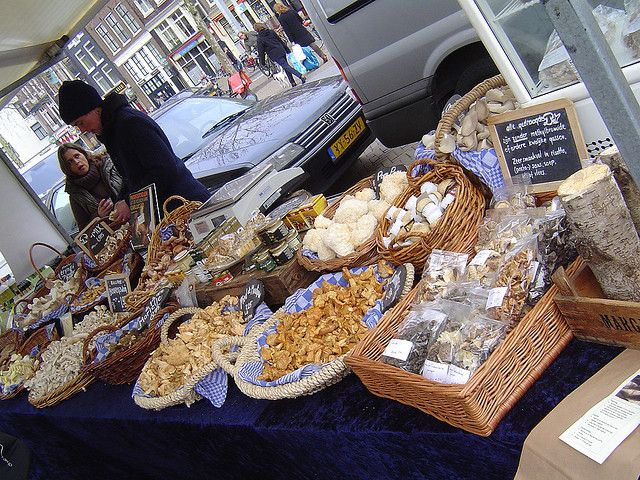
Street food in Amsterdam. Photo: http://www.flickr.com/photos/scalleja/
But the first thing to try is, of course, the fish. After all, the Netherlands is a maritime country. You can easily find the gifts of the North Sea on the streets of Amsterdam. For example, "Kibbeling" is sold everywhere. This is a very popular appetizer, which is a fillet of fried white fish. The Dutch like to serve crispy Kibbeling pieces with pickled gherkins (augurks), mayonnaise or other sauce.
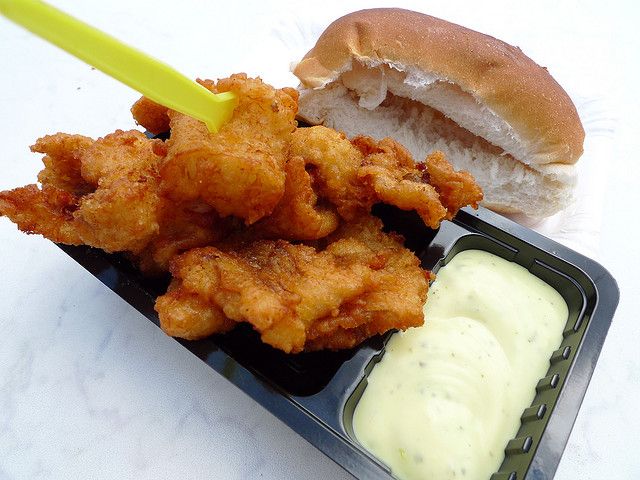
Street food in Amsterdam - Kibbeling. Photo: http://www.flickr.com/photos/zoetnet/
Since we are talking about seafood, we cannot fail to mention the famous Dutch herring - "Haring". For Russians, this fish evokes unambiguous associations - onions, boiled potatoes, vodka ...
In the Netherlands, herring is also loved. For example, in May, when fresh catch arrives at stores and fish markets, huge queues line up at the entrances.
However, most often herring in Amsterdam is sold on the streets, raw or pickled. It is interesting that pickled, seasoned with onions, is more preferred by local residents, while visitors are more willing to buy raw.
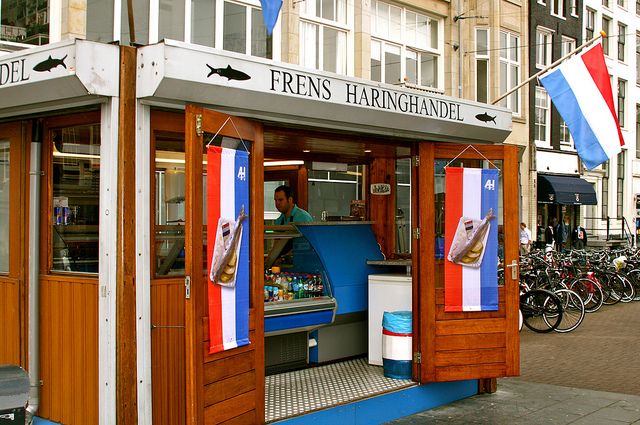
Amsterdam herring Hering (Hering). Photo: http://www.flickr.com/photos/ammichaels/
There is a special ritual on how to eat Dutch herring correctly. If you don’t want to get into trouble, remember: you need to take the fish by the tail (in Amsterdam they sell exactly the tail part), tilt your head back, open your mouth wide and lower the herring into it. Yes, yes, all right. The method is extravagant, like everything else in Holland. Not everyone succeeds the first time, so be sure to practice at home in the kitchen before traveling to Amsterdam. ????
If, in your opinion, fish is the "meat" of vegetarians, and you want real protein, then buy "Bitterballen" or "Kroketten" from street vendors. These are balls of minced meat (beef or veal), meat broth, flour, butter and spices (something like hearty meat stew), breaded and deep fried. In fact, this is the same dish, the only difference is that the first ones are round, and the second ones are cylindrical.

Street food - bitterbollen. Photo: http://www.flickr.com/photos/davidkosmos/
Both croquettes and bitterballs are very popular street food in Amsterdam. True, it enjoys the reputation of our shawarma among the locals: no one trusts the contents, but everyone eats with pleasure.
As a side dish, Amsterdam street food offers "Frites" - French fries in Dutch style. Sold in stretched paper cups. Mayonnaise is most often used as a condiment, rather than ketchup, as in most other countries. Street chefs do not spare oil, so the frites are very well fried. One serving can feed several people.
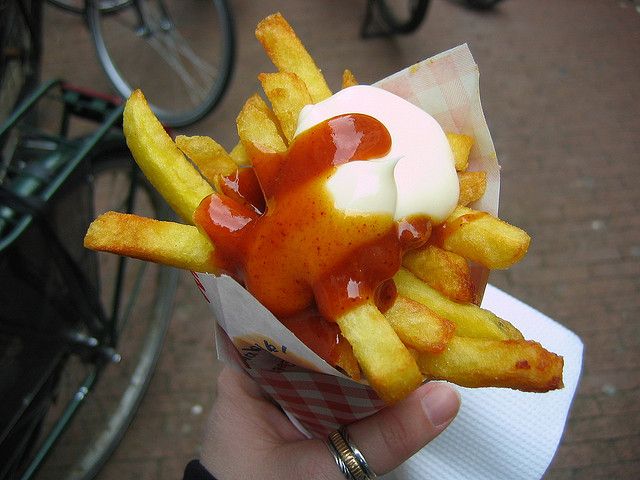
Dutch french fries - Frites. Photo: http://www.flickr.com/photos/bookeditor/
For sweets, be sure to try the Dutch Pannenkoeken pancakes. These are not American thick pancakes. And not Russian pancakes with salt. And not even muslin French stuffed crepes.
Dutch pancakes are special. They can safely be called a local street delicacy. Although the recipe seems to be elementary: buckwheat flour, milk, eggs, salt. But what a taste!
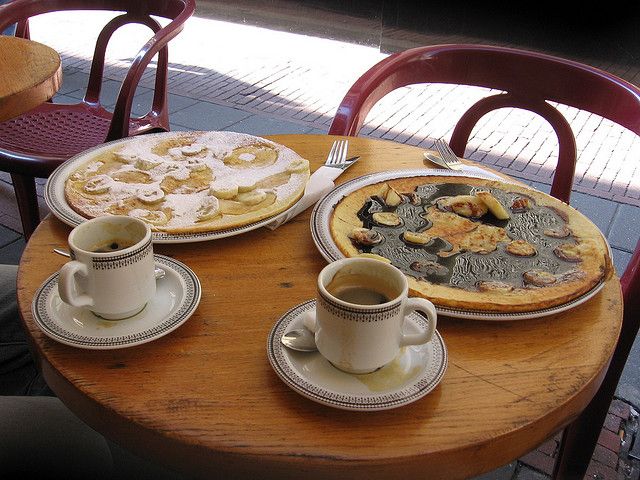
Dutch pancakes - pannenkoken (pannenkoeken). Photo: http://www.flickr.com/photos/jabberstheking/
Inside put meat, cheese, fruits, nuts, chocolate - whatever you want. Perhaps it is the variety of toppings that makes Pannenkoeken so popular. The Dutch use it both as a main daily dish and as a festive dessert. And the beauty of Pannenkoeken as a street food is that the dough is poured into a pan in front of your eyes and your personal pancake is baked.
Another popular Amsterdam street dessert is Stroopwafels. This is a "sandwich" of two large round wafers with caramel syrup and cinnamon in between. This is a very delicate treat. Warm waffles soaked in sweet syrup literally melt in your mouth.
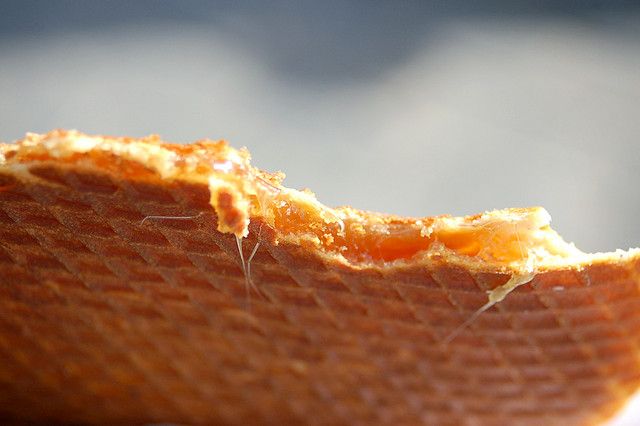
Dutch waffles - Stroopwafel (stroopwafel). Photo: http://www.flickr.com/photos/traversant/
In stores, by the way, they sell solid "Stroopwafels". Don't be afraid, it's not fake. There is just one trick. Order a cup of hot coffee in a street cafe, hold a hardened wafer over it and “Voila” - it is already, as expected, soft and tender.
In general, thanks to the Amsterdam street food, you will at least not go hungry. Even if you have a very busy travel program and no time at all to eat in one of the many restaurants in the Dutch capital. At the very least, after tasting the local street delicacies and chatting with the vendors about the weather, prices or football, you can say: “I know you, Amsterdam!”.
